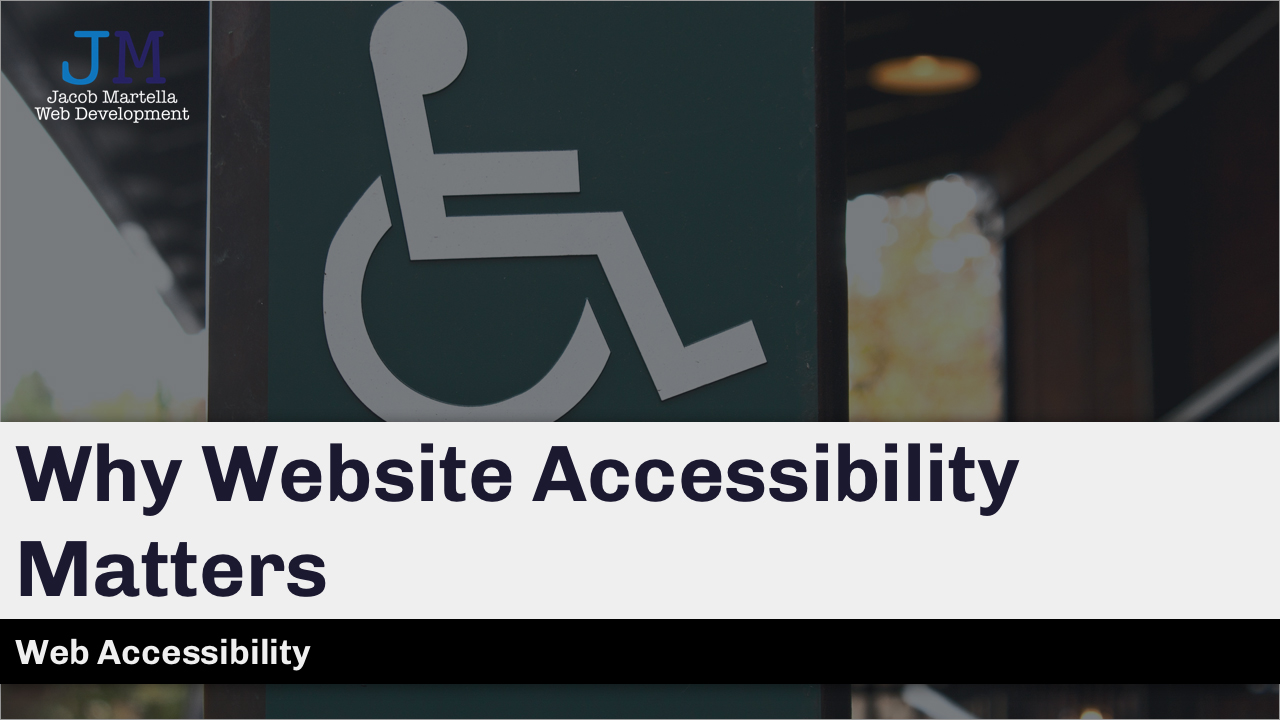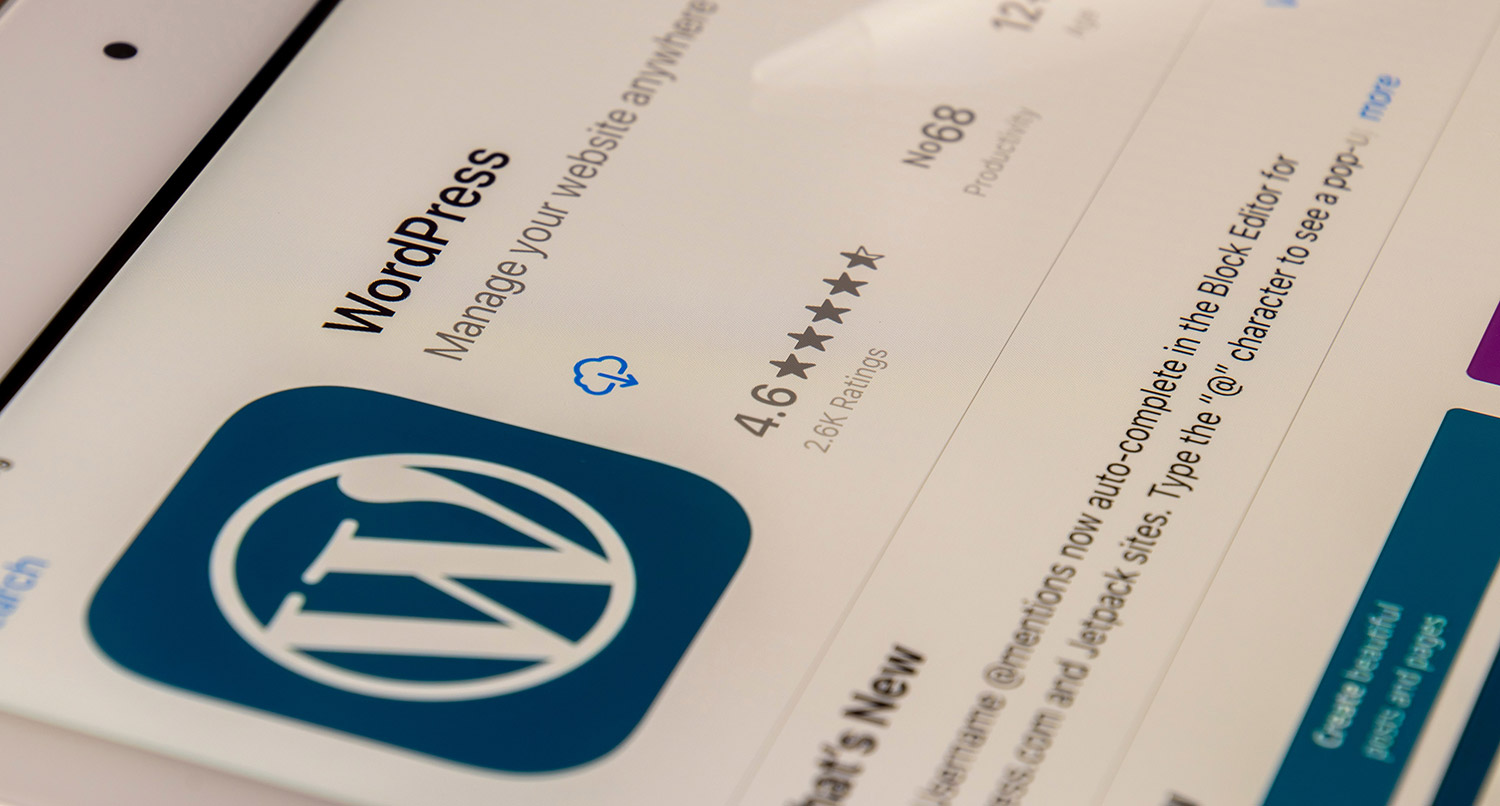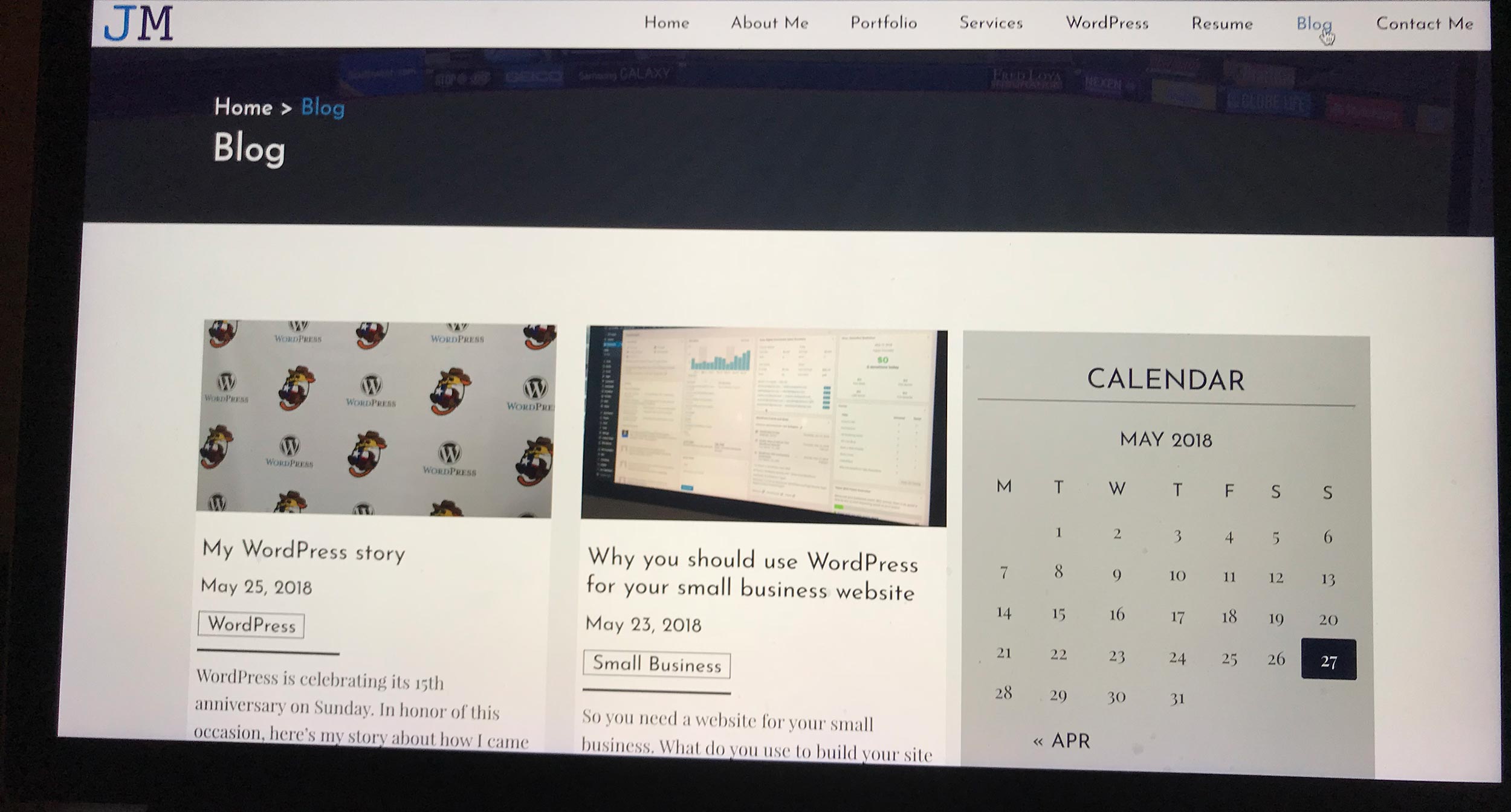You’re probably wanting to create an ecommerce website for your business right now. And that’s great!
All of the current ecommerce statistics show that this is the way to go. Online shopping will likely remain high even after the pandemic subsides.
But like a lot of things, there is a right and a wrong way to create an online store. And if your business is all you have, then you need to make sure you do things the right way.
So let’s run through a list of things you need in order to create and run a successful ecommerce website.
A quality web host
I’m probably going to say this until I’m blue in the face, but you need a quality web host for your ecommerce website. Period. End of story.
Those $5 a month web hosts aren’t going to cut it for you at all. There are so many things that could go wrong. First, the reliability of those web hosts isn’t all that great. And when you need your website running 24/7, you don’t need to be constantly worried that your website isn’t up.
Second, you get the bare bones when it comes to features. Forget about backups and easy SSL certificates. You essentially get web hosting and that’s it.
Finally, because of that, you’re going to also have security concerns, both with your website and other websites on the same host that could allow someone to get into your site. And with an online store and taking payments, you can’t have that at all.
So don’t even think about using them. If you need a cheap-ish hosting, you’ll want to start with GoDaddy and Bluehost. These are two solid hosts that can easily power your online store to meet your needs. But at the same time, you probably won’t have the same fancy features.
For that, you’re going to want to look at WP Engine (WordPress only), SiteGround, Pantheon and Liquid Web. These will be a little bit more expensive (WP Engine is $29 a month for a single site), but you get great quality, security, daily and on-demand back ups and loads of other features.
So make sure you have a quality web host.
Get Insights on How to do a Small Business Website Right!
Are you looking to get some help with your small business’ website, but aren’t quite in a spot to take that next step? No worries! I’ve got you covered with a small business newsletter. This weekly newsletter will talk about a different subject related to websites and small businesses each week, as well as highlight blog posts that can help you out. This will help you optimize your business’ site as much as you can while you get yourself into a position to take the next step for your website.
"*" indicates required fields
A functional and accessible website
This should be pretty obvious, but you need a website for your online store. Duh. And it needs to be functional and accessible to everyone, especially if they use some sort of assistive technology.
And it’s those last two points that really matter. Not only do you need a website, but you need one that works. That means that the user can do everything they need to do to navigate your website, add products and eventually pay and check out.
It seems easy enough, but problems start to arise when either you don’t test things out or you choose a design that hinders usability. Trust me, a pretty design means nothing if the website is unusable. So, be sure to check the functionality of your ecommerce website before you go live and every so often once it’s running.
Why Website Accessibility Matters
Also, your website needs to be accessible to everyone. This means making sure your website is up to the accessibility standards of today, which is generally considered to at least be at the WCAG 2.1 AA level.
For this, you need to make sure that all of your images have alternative text, that your heading levels are correct, your color contrast is readable and that you are using products and services that also follow the guidelines (WooCommerce is one of the best at this).
With roughly 54 million people in the United States having some sort of disability, making sure that everyone can use your website and purchase your products makes sure that your customer base is as wide as possible.
Payment options for customers
Also, you’re going to need to have payment options for your customers as well. After all, you do want to get paid for your products, right?
The good news is that this is pretty easy to set up. First, choose the payment gateway(s) you want to use on your website. Ideally, you might try to give your customers two options for which Gateway to use.
Personally, I use Stripe and Paypal. Most people are probably familiar with Paypal, so they trust it more and use it the most often. And then I like how Stripe submits payments right to my bank account without me needing to do anything.
Plus, giving users some options on how they want to pay is never really a bad thing.
Another set of good news is that most of the services you might use probably already have ways to support these payment gateways without you needing to do too much. I know WooCommerce and Easy Digital Downloads both have add ons that support Paypal and Stripe gateways.
So make sure you have those payment options for your customers.
Quality sales content
Another thing you need for your ecommerce website is quality sales content. This means that you need photos, videos and text for all of your product pages and other key pages, like the homepage, about page, contact page and other landing pages you might have.
This is what is going to convert people into being paying customers. Sure, the ad might lure them onto your website. Your result in their Google search might bring them in. But once they are here, it’s going to be the content that convinces them to buy your product or service.
So focus on creating quality content. Be descriptive about your products. Take high quality photos so that the visitor can really get a good idea of what it is. And if you can, try to shoot some high quality video of the product as well, including how to use it.
Content is crucial for every website out there. And there’s a lot more to it than just being able to write. If you want to take a deeper dive into the world of content and content marketing, make sure to check out Copyblogger, Jilt and HubSpot.
But make sure you have top quality content before taking your ecommerce website live.
Learn the Steps to Creating a New Website
Creating a new website for your business might seem easy, but building it correctly is a challenge. And that challenge doubles when you want to add an ecommerce element to your site. So get the guide that will walk you through each step so that you can feel confident in knowing what you’re doing and build the perfect website for your business.
Download the Small Business Website Planning GuideOffline organization structures
Next, you really need a solid offline organization structure to take those orders, process them and then ship them out to your customers.
This is something that can easily be forgotten about as you see all of the positives and possibilities with an online store. And not having a structure in place before you “make it” can result in struggles.
What’s going to happen if you suddenly see a spike in sales out of the blue? Do you have the ability to get all of those orders fulfilled and out the door in a timely manner? And do you have a process for contacting customers to make sure you at least are communicating with them in case something goes wrong?
Having that structure figured out ahead of time can alleviate some of the pain and frustration you might feel if you run into a similar situation.
So if it’s just you running the business, make sure you have your own process and know how you’re going to handle the offline side of things. And if you have multiple employees, make sure you know who’s doing what.
A written plan for what to do
Finally, make sure you write all of this down. Even if you’re running everything yourself, take the time now to write down your plan and what happens when for your ecommerce website. You never know when you might simply forget what you need to do.
Plus writing it down will reinforce everything you need to do for your online store. And if you bring in new employees who might need to manage the website and online store, this can make it easier to bring them up to speed quickly.
Make sure the plan includes how to update your website, how to add in new products and if your website was built and/or managed by a third party, make sure you have contact information for them.
On the offline side, make sure you write down the process for how you’re going to take orders from the website, fulfill them and ship them to the customer. Also, with regards to everyone’s favorite topic, sales tax, make sure you write down any complicated intricacies about what you need to charge for taxes. Finally, write down any contingency plans you need in case something goes sideways.
Having this all written down for you will make things so much easier, especially if you happen to find yourself in a panic.
Creating and running an online store truly is a great idea, but you need all of these things working in your favor to make sure your ecommerce website is successful.








